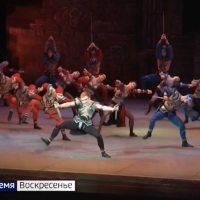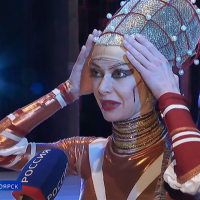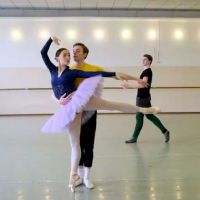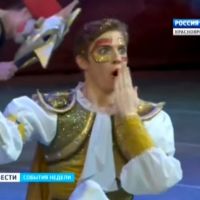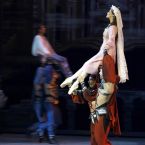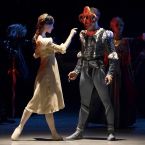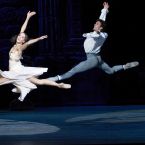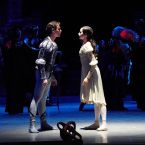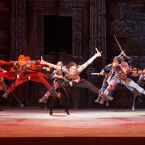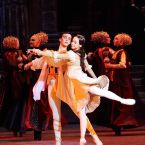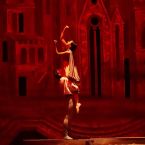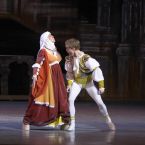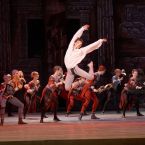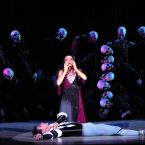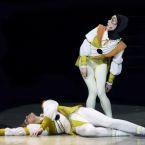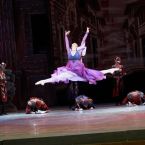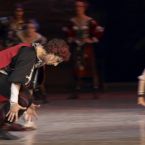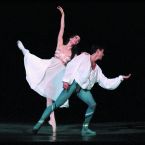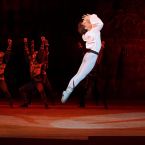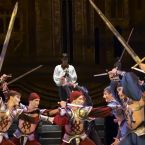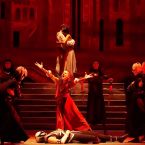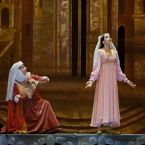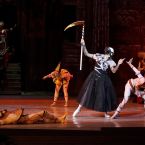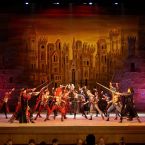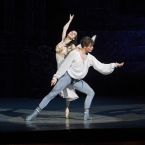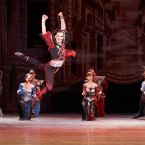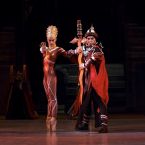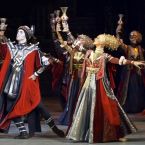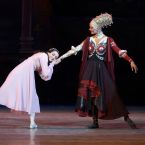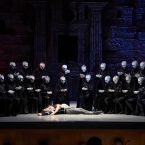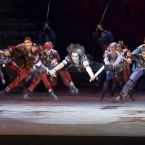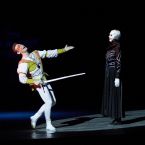Many consider that Romeo and Juliette's history – is thought up by Shakespeare (1564-1616). However he only uplifted on poetry wings the tragedy of the young man and girl from Verona, the plot doesn't belong to Shakespeare.
Romeo and Juliette's history was for the first time told in Renaissance. In 1524 Luigi da Porto (1485-1529) wrote the short story which became the very popular. This short story drew Shakespeare's attention. Having adopted subject basis, he creates new work in which heroes speak the exalted language of poetry.
Over the years Shakespeare's creation became the inspiration source for works in literature, sculpture, painting and cinema. Only in music addressed to it many times. P. I. Tchaikovsky wrote the overture imagination, G. Berlioz – the drama symphony for soloists, chorus and orchestra. About Veronese lovers also 14 operas are written. V. Bellini, G. Berlioz and Sh. Gounod's operas are most known. Centuries were replaced, and people didn't stop trying to express Romeo and Juliette's history in music.
Sergey Prokofiev (1891-1953) continued this row the outstanding Russian composer who wrote in 1935 music to the ballet "Romeo and Juliette".
"Ascension" of the ballet of "Romeo and Juliette" of S. S. Prokofiev on a scene was difficult. Music seriously puzzled directors and first at all was rejected by them. The Bolshoi Theater refused statement of the ballet. The Leningrad choreographic school also refused to the author. For the first time Prokofiev's ballet was staged by the ballet master Yvo Psota in 1938, at theatre of the city of Brno (Czechoslovakia).
Only in 1939 the ballet master L. Lavrovsky started statement of the ballet at the Leningrad State theatre of Kirov. Work went hardly. The address to Shakespeare was a courageous step of choreography. It was considered that the embodiment of so difficult philosophical and drama subjects means of the ballet is impossible. Prokofiev was reproached with "non dancing" of his music.
Dancers needed time for "getting used" in the performance. One of the leading ballet troupes of the country on the first rehearsals was adjusted skeptically in relation to new statement. The rumor kept very cool reviews of G. Ulanova of this ballet when she only started rehearsals. (To her even attributed the couplet popular then at theater: "There is no story more sadly in the wold, than Prokofiev's music in the ballet").
But work placed everything in the places. "... The more we listened attentively, the more we looked for, experimented, the more brightly there were before us images which were born from music. And gradually its understanding came, gradually music became convenient for dance, choreographic and psychologically clear", – remembered G. Ulanova .
The spectator success to the ballet came not at once. The premiere took place on January 11, 1940 in Leningrad. Juliette's part was danced by Galina Ulanova, Romeo – Konstantin Sergeyev. Staging wasn't understood by public.
The whole galaxy of brilliant names is connected with the first staging of "Romeo and Juliette". But, first of all, speaking about this ballet, we remember the name of Galina Ulanova. Juliette was a special role in life of the ballerina. The image of the Shakespeare’s heroine is considered the brightest and shrill paint in the creative palette of Ulanova. It was called "soul" of this ballet. "Her Juliette – the center of light, humanity, spiritual purity and sublimity which captivated from first minutes of her appearance on the scene" —so S. Prokofiev estimated Ulanova's work.
In 1956 the Bolshoi Theatre went on tour in Great Britain. The ballet "Romeo and Juliette" with Galina Ulanova in the leading role literally amazed public. The Russian ballet, after the well-known Diaghilev's seasons in Paris, was at glory top again, having confirmed continuity of traditions of the Russian choreography.


